
The gardens of Stone Cottage in Bedford are the culmination of a long personal and physical journey by the owners, Tony and Lesley. They relocated to South Africa from the UK in 2009, but it was only in 2016 that they moved to the Karoo and found the home they had been looking for.
Compared to the 13 acres they gardened in the UK, Stone Cottage sits on a tiny piece of land, only 1100m2. However, as Tony and Lesley are not the spring chickens they used to be and as they always do everything in the garden themselves, a smaller property makes more sense. What really appealed to the couple, apart from the location, was that the cottage sits in the exact center of the plot, so the garden wraps around the cottage, making it feel much larger than it is.
When they arrived at their new home in the middle of winter, the new owners were greeted by a very dry, rather barren and sorry-looking garden. Although the previous owner had been a keen gardener, the garden was planted mostly with deciduous trees and shrubs, making winter a bit depressing.
This story is from the September 2020 edition of The Gardener.
Start your 7-day Magzter GOLD free trial to access thousands of curated premium stories, and 8,500+ magazines and newspapers.
Already a subscriber ? Sign In
This story is from the September 2020 edition of The Gardener.
Start your 7-day Magzter GOLD free trial to access thousands of curated premium stories, and 8,500+ magazines and newspapers.
Already a subscriber? Sign In
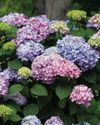
A Touch of Class
A cut above the rest and attractive enough to fill all the spaces you can see in your garden or in pots...

Bordering on food aggression!
The economy, fires, drought, Russians, fuel prices, and politicians, dictated what we ate in my youth. The only exception was that Eskom worked...

Quarantining new koi fish
Give your new koi the best start
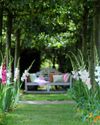
Big deal GLADIOLI
To get balance in a flower bed, we rely on tall flowering plants to provide height and show off amazing blooms. One of our favourites to plant are gladioli. They might look impressive, come in some gorgeous colours, and are great for a vase, but they are also easy to grow with a few golden rules.
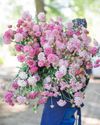
PRETTY FILLER Scabiosa
There are over 70 varieties of Scabiosa (pincushion flower) in both the annuals and perennials categories with arguably some of the best ones local to our country, and excellent pollinator attractors too.
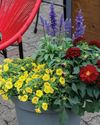
TRIPLE treat
A floral combo that's bursting with colour
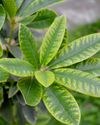
CHLOROSIS how to fix it
Chlorosis is not a death sentence for your plants. With prompt identification and the right interventions, you can restore your plants to their lush, vibrant selves.
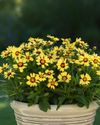
COREOPSIS 'UpTick'
For an easy-to-grow, tough perennial, with masses of pretty blooms, plant Coreopsis hybrids and watch the bees and butterflies come into your garden.
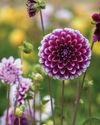
Decorative Dahlias
With a little basic care, you can grow these showstopping plants in your own backyard with minimal effort.
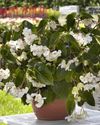
The beauty of BEGONIAS
For endless colour and a garden that looks vibrant throughout the seasons, these are your go-to choices.